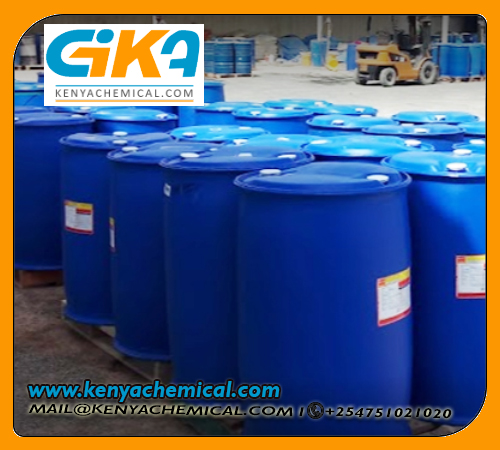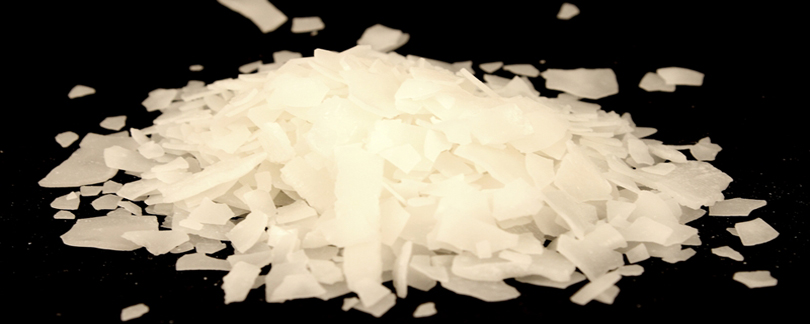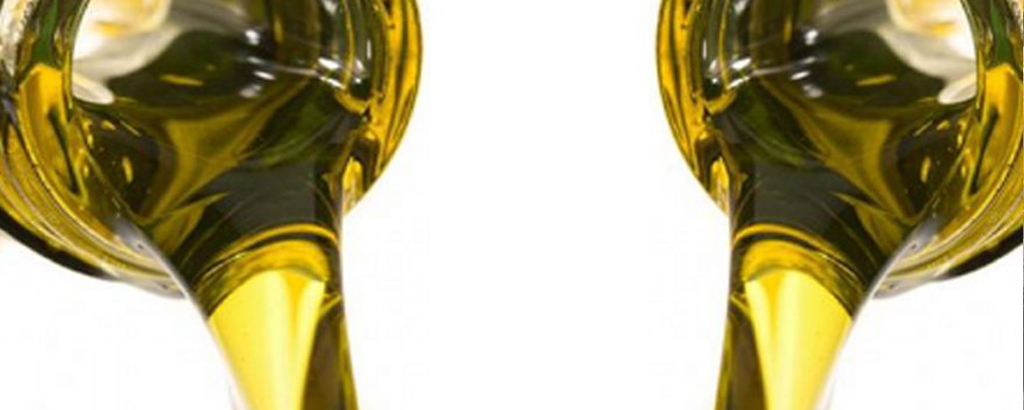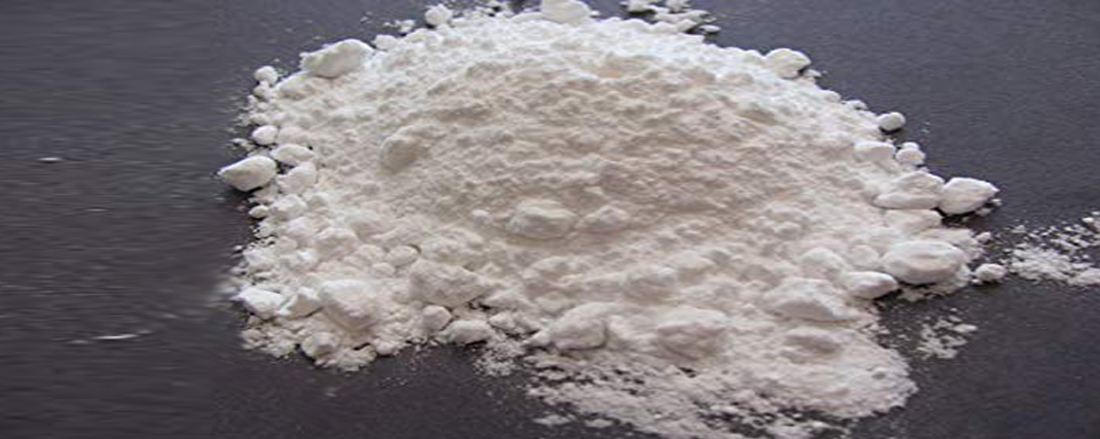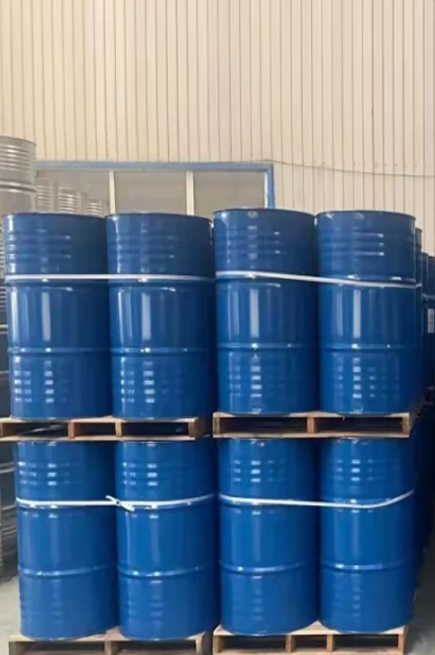Nitric Acid Blend , IMO code 8-2031-T700
Passivation Liquid RX manufacturer supplier distributor in Mumbai, Kandla, Kolkata, Vizag, Chennai, India, Fujairah, Dubai UAE, Muscat Oman, Kenya Africa. Get the best quality of Passivation Liquid RX at a competitive price from us. We have ready stock of Passivation Liquid RX in India, UAE Gulf, Oman, Kenya Africa. Contact us for bulk as well as small orders.
RXSOL PASSIVATION is highly conc and acidic product , It does not give Black or Yellow stain marks after washing with water. It simultaneously removes annealing colours, ferritic contamination & weld burns.
Spray is very safe & easy to use for cleaning of large equipments like S.S. vessels, dryers, agitators, dairy machinery, fermentators, internals as well as externals of pipes by pressurised spray bottle or pump. passivation process improve the corrosion resistance of metal parts / surface.
Concentrated up to 20% dilution materials are suitable for use only on stainless steel. While diluted more then 50% is suitable for cleaning aluminum.
Chlorides: are present in many cleaning agents. This entails risk of pitting corrosion of stainless steel. If a cleaner containing chlorine, chlorides, bleaches orhypochlorites is
OTHER SUITABLE PRODUCT ::: For VERTICAL surface area.
Passivating Pickling Paste ::: RXSOL-68-6801-005
DENGEROUS FOR ALL BODY PART
NB. Before disposing the passivating fluid it should be neutralized. ( Caustic / Soda ash / slaked lime )
In accordance with the latest E.E.C Council directives
R 34 : Causes burn
S2 : Keep out of reach of children
S 26 : In case of contact with eyes rinse immediately with plenty of wate and seek medical advice
It also helps to detect pinholes after welding.
Why Passivation required ?
1. Stainless Steel owes its corrosion resistance to the formation of a chromium oxide surface layer but this happened due to presence of oxygen , And if the oxide has been stripped, perhaps by pickling, then the oxide layer takes a short time to reach its full thickness and this can be accelerated by passivation.
2. The heat tint produced by welding is not only unsightly but the thicker oxide layer includes chromium from the surface of the metal, lowering its corrosion resistance. Pickling both removes the oxide layer causing the colour tints and a thin layer of the underlying metal to restore the original properties.
3. Iron Contamination
A major cause of corrosion in service is iron contamination which can arise from a variety of sources. These include using tools made of mild or constructional steels like fork lifts being a common cause for abrasives that contain iron and any tool that has previously been used on non stainless steel. Cross contamination can also arise from grindings and debris created whilst working close by on steel, either in the workshop or on site. Iron contamination is not always obvious, if it is suspected it can be detected using the ASTM A380, ferroxyl test. This is a rapid test in which a solution turns blue in the presence of iron. Pickling is a very effective method of removing this iron contamination from the surface.
| PROBLEM | CLEARING AGENT | COMMENTS |
| Rust and other corrosion products. Embedded or adhering "free iron | Very light rust stain can be removed by 10% nitric acid. More significant rust or embedded iron will require picking. See also previous sections on Passivating and Picking. Sand or glass-bead blasting is another option | Wear PPE as appropriate. Afterwards rinse well with clean water. Mix in acid-proof container, and be very careful with the acid, (See Precautions for acid cleaners) |
| Routine cleaning of boat fittings. | Frequent washing down with fresh water. | Recommended after each time the boat is used in salt water. |
| Cooking pot boiled dry. | Remove burnt food by soaking in hot water with detergent, baking soda or amonia. | Afterwards clean and polish. with a mild abrasive if necessary. See comments re steel wool. |
| Dark oxide from welding or heat treatment. | "Picking Paste" or picking solutions given on previous page. | Must be careful rinsed, and use care in handling (see Precautions for acid cleaners). |
| Scratches on polished (satin or brushed) finish. | Slight scratches - use impregnated nylon pads. Polish with polishing wheel dressed with iron-free abrasive for deeper scratches. Follow polish lines. Then clean with soap or detergent as for routine cleaning | Do not use ordinary steel wool - iron particles can become embedded in stainless steel and cause further surface problems. Stainless steel and "Scotchbrite" scouring pads are satisfactory. |
| PROBLEM | CLEARING AGENT | COMMENTS |
| Routine cleaning All finishes | Soap mild detergent and water. (preferably warm) | Sponge, rinse with clean water, wipe dry if necessary. Follow polish lines. |
| Fingerprints All finishes | Soap warm water or organic solvent (eg acetone, alchol, methylated spirits) | Rinse with clean water and pipe dry. Follow polish lines. |
| Stubborn stains and discoloration. All finishes. | Mild cleaning solutions. Ensure any properietary cleaners state compatibility with stainless steel. Phpsphoric acid cleaners may also be effective | Use rag, sponge or fibre brush (soft nylon or natural bristle. An old toothbrush can be useful). Rinse well with clean water and wipe dry. Follow polish lines. |
| Lime deposits from hard water. | Solution of one part vinegar to three parts water. | Soak in solution then brush to loosen. Rise well with clean water. |
| Oil or grease marks. All finishes. | Organic solvents (eg. acetone, alchol, methylated spirits, proprietary "safety solvents"). Baked-on grease can be softened beforehand with ammonia |
Clean after with soap and water, rinse with clean water and dry. Follow polish lines |
| PROBLEM | CLEARING AGENT | COMMENTS |
| Rust and other corrosion products. Embedded or adhering "free iron | Very light rust stain can be removed by 10% nitric acid. More significant rust or embedded iron will require picking. See also previous sections on Passivating and Picking. Sand or glass-bead blasting is another option | Wear PPE as appropriate. Afterwards rinse well with clean water. Mix in acid-proof container, and be very careful with the acid, (See Precautions for acid cleaners) |
| Routine cleaning of boat fittings. | Frequent washing down with fresh water. | Recommended after each time the boat is used in salt water. |
| Cooking pot boiled dry. | Remove burnt food by soaking in hot water with detergent, baking soda or amonia. | Afterwards clean and polish. with a mild abrasive if necessary. See comments re steel wool. |
| Dark oxide from welding or heat treatment. | "Picking Paste" or picking solutions given on previous page. | Must be careful rinsed, and use care in handling (see Precautions for acid cleaners). |
| Scratches on polished (satin or brushed) finish. | Slight scratches - use impregnated nylon pads. Polish with polishing wheel dressed with iron-free abrasive for deeper scratches. Follow polish lines. Then clean with soap or detergent as for routine cleaning | Do not use ordinary steel wool - iron particles can become embedded in stainless steel and cause further surface problems. Stainless steel and "Scotchbrite" scouring pads are satisfactory. |
| PROBLEM | CLEARING AGENT | COMMENTS |
| Routine cleaning All finishes | Soap mild detergent and water. (preferably warm) | Sponge, rinse with clean water, wipe dry if necessary. Follow polish lines. |
| Fingerprints All finishes | Soap warm water or organic solvent (eg acetone, alchol, methylated spirits) | Rinse with clean water and pipe dry. Follow polish lines. |
| Stubborn stains and discoloration. All finishes. | Mild cleaning solutions. Ensure any properietary cleaners state compatibility with stainless steel. Phpsphoric acid cleaners may also be effective | Use rag, sponge or fibre brush (soft nylon or natural bristle. An old toothbrush can be useful). Rinse well with clean water and wipe dry. Follow polish lines. |
| Lime deposits from hard water. | Solution of one part vinegar to three parts water. | Soak in solution then brush to loosen. Rise well with clean water. |
| Oil or grease marks. All finishes. | Organic solvents (eg. acetone, alchol, methylated spirits, proprietary "safety solvents"). Baked-on grease can be softened beforehand with ammonia |
Clean after with soap and water, rinse with clean water and dry. Follow polish lines |
It is used to clean weld seams and surrounding areas with brush. It is used to remove heavy scales, discolouration, annealing colours, rust particles near weld and welding affected area by heat.
Circulation method : For closed system like PIPE , use concentrated materials atleast for 1-2 Hrs . Then FLUSH the system with TECHNICAL GRADE OF DI-WATER ( which is free from , all SOLUBLE IMPURITIES )
Spray Method : For TANK PASSIVATION , this is very effective method . After dilution 10 - 20% Directly spray on wall of TANKS atleast for 10-15 Minutes , then wash the system with cupious amout of fresh water , finally use TECH GRADE DI water for complete wash.
Procedure of Passivation
1. Isolate the exchanger and set up a circuit with an external tank with heating coil inside and a pump to circulate cleaning solution.
FLUSHING:-
2. Flush the Exchanger with fresh water to remove loose material (like dirt etc.) till such time clear water comes.
INHIBITED ACID CLEANING:-
3. Circulate inhibited Acid (5-6 % Citric Acid and 1% Rodine 213) along with non ionic wetting agent like RXSOL-T300 (RXSOL-20-T300-210 ) through Exchanger Loop for 6 to 8 hours
4. It total iron concentration reaches 5000 - 8000 PPM and concentration below 2% acid percentage then dump the cleaning solution and repeat the cycle with fresh inhibited acid.
5. Samples to be tested for pH, TDS and iron on hourly basis.
6. Normal operating temperature should be 50-60º C.
7. When iron concentration and acid concentration of solution reaches steady state and cleaning in completed. Drain the cleaning solution.
NEUTRALIZING:-
8. Circulate 1-2% solution of soda Ash for one to two for neutralization.
9. Rinse the neutralizing solution with water till pH of Inlet and Outlet is same.
PASSIVATION:-
10. Immediately fill and Circulate with 1-3% of solution of sodium Hexametaphosphate for 4-6 hours keeping operating temperature around 50-60º C. Analyze for Phosphate levels in Inlet and Outlet. (Normally maintain 30-40 PPM O-PO4 level)
11. Drain the passive solution without flushing with water.
DRYING:-
12. Dry the circuit with dry air/N2.
For Pickling This is probably the most commonly used method. Use a solution of nitric and hydrofluoric acids in water. We use ASTM A380, solution D. The formula is specified in A380 as 6 - 25% HNO3 and ½ - 8% HF in water at 70 -140 F (21 - 60 C) for about 30 minutes. This is a strong cleaning solution and may etch highly finished surfaces.
Coverage / kg : Approx. 100 meters of weld seam.
Passivation Treatments
• Grades with at least 16% chromium (except free machining grade such as 303):
20-50% nitric acid, at room temperature to 40oC for 30-60 minutes.
• Grades with less than 16% chromium (except free machining grades such as 416):
20-50% nitric acid, at room temperature to 40oC for 60 minutes.
• Free machining grades such as 303, 416 and 430F:
20-50% nitric acid + 2-6% sodium dichromate, at room temperature to 50oC for 25 40 minutes

